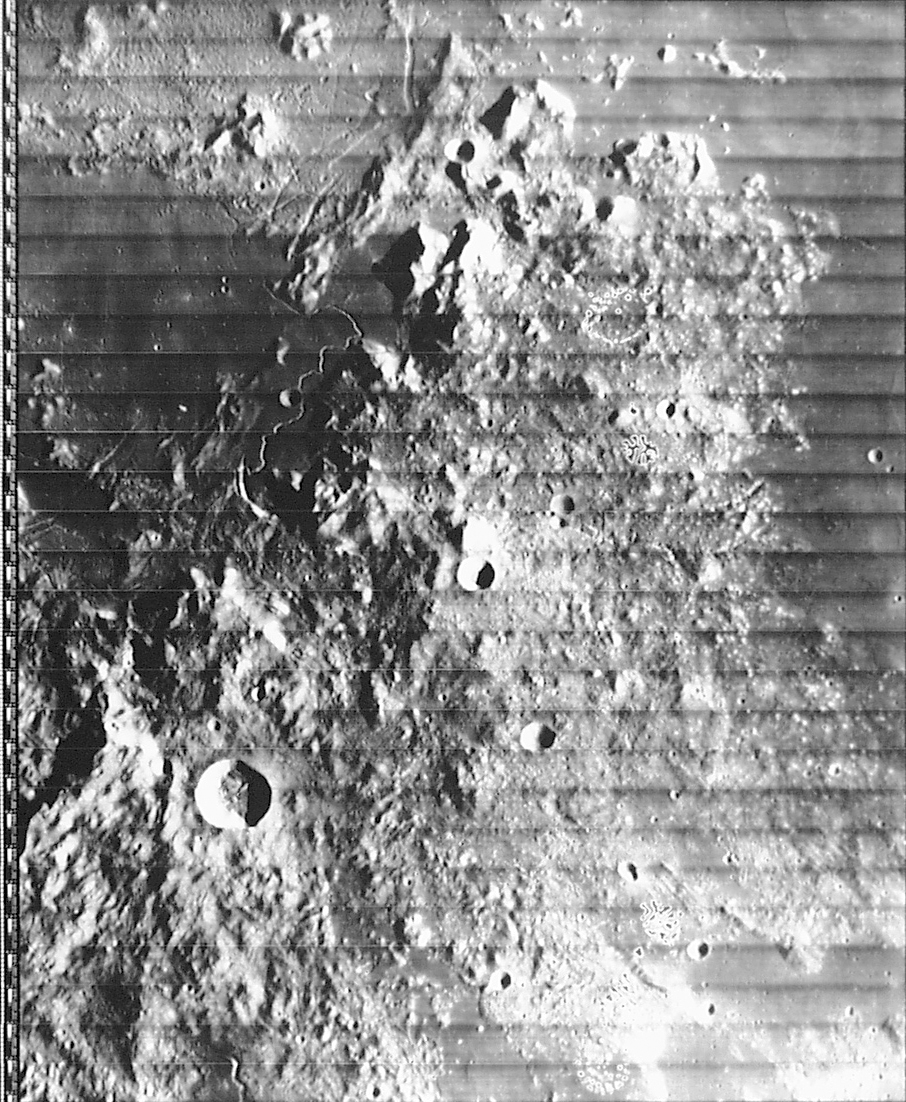
Stellar parallax remains the standard for calibrating other measurement methods. The first successful measurements of stellar parallax were made by Friedrich Bessel in 1838 for the star 61 Cygni using a heliometer. Measurement of annual parallax was the first reliable way to determine the distances to the closest stars. Annual parallax is normally measured by observing the position of a star at different times of the year as the Earth moves through its orbit. The parsec (3.26 light-years) is defined as the distance for which the annual parallax is 1 arcsecond. the angle subtended at a star by the mean radius of the Earth's orbit around the Sun. Stellar parallax is most often measured using annual parallax, defined as the difference in position of a star as seen from the Earth and Sun, i.e. In a geostatic model, the movement of the star would have to be taken as real with the star oscillating across the sky with respect to the background stars. Stellar parallax created by the relative motion between the Earth and a star can be seen, in the Copernican model, as arising from the orbit of the Earth around the Sun: the star only appears to move relative to more distant objects in the sky. When viewed from directly in front, the speed may show exactly 60, but when viewed from the passenger seat, the needle may appear to show a slightly different speed due to the angle of viewing combined with displacement of the needle from the plane of the numerical dial. In computer vision the effect is used for computer stereo vision, and there is a device called a parallax rangefinder that uses it to find range, and in some variations also altitude to a target.Ī simple everyday example of parallax can be seen in the dashboards of motor vehicles that use a needle-style mechanical speedometer. Many animals, along with humans, have two eyes with overlapping visual fields that use parallax to gain depth perception this process is known as stereopsis. Parallax also affects optical instruments such as rifle scopes, binoculars, microscopes, and twin-lens reflex cameras that view objects from slightly different angles.

These distances form the lowest rung of what is called "the cosmic distance ladder", the first in a succession of methods by which astronomers determine the distances to celestial objects, serving as a basis for other distance measurements in astronomy forming the higher rungs of the ladder. Here, the term parallax is the semi-angle of inclination between two sight-lines to the star, as observed when Earth is on opposite sides of the Sun in its orbit. To measure large distances, such as the distance of a planet or a star from Earth, astronomers use the principle of parallax.

Due to foreshortening, nearby objects show a larger parallax than farther objects when observed from different positions, so parallax can be used to determine distances. Parallax is a displacement or difference in the apparent position of an object viewed along two different lines of sight, and is measured by the angle or semi-angle of inclination between those two lines. In this case, the white cube in front appears to move faster than the green cube in the middle of the far background. As the viewpoint moves side to side, the objects in the distance appear to move more slowly than the objects close to the camera. This animation is an example of parallax.


 0 kommentar(er)
0 kommentar(er)
